Renewables and nascent low-carbon technologies most exposed to high interest rates
Renewables and nascent low-carbon technologies most exposed to high interest rates
Policymakers should focus on bolstering carbon markets, maximising subsidy efficiency and mobilising green finance
LONDON, 18 April 2024 – If high interest rates persist, transitioning to a net zero global economy will be even harder and more costly. The higher cost of borrowing negatively affects renewables and nascent technologies, compared to more established oil and gas, and metals and mining sectors, which remain somewhat insulated, according to latest report: ‘Conflicts of interest: the cost of investing in the energy transition in a high interest-rate era’ by Wood Mackenzie.
“Interest rates, which have risen sharply in the past two years, may not come down as far or as quickly as markets anticipate. This increased cost of capital has profound implications for the energy and natural resource industries, particularly the cost and pace of the transition to low-carbon technologies,” said Peter Martin, Wood Mackenzie’s Head of Economics and lead author of the report.
Higher interest rates disproportionately affect renewables and nuclear power. Their high capital intensity and low returns mean future projects will be at risk. In comparison, due to low gearing, many companies in the metals and mining and oil and gas sectors will be relatively unaffected by higher interest rates, stated the report.
In the US, Wood Mackenzie analysis shows that a 2-percentage point increase in the risk-free interest rate pushes up the levelised cost of electricity (LCOE) by as much as 20% for renewables. The comparative increase in LCOE for a combined-cycle gas turbine plant is only 11%.
Higher interest rates also affect the competitiveness of renewables, stated the report. In many markets, onshore wind and solar have an economic advantage over hydrocarbon generation sources, even without subsidies in some cases. In the US, onshore wind can generate electricity at an LCOE of US$40/MWh, 50% of the cost of gas-fired generation. However, higher interest rates are eroding that advantage.
“While power and renewables companies have higher gearing, they do compare favourably with other peer groups on a cost-of-debt basis. But this is precisely what makes them more sensitive to interest rates. Mechanisms to reduce price and offtake risk enable power and renewables companies to obtain debt more cheaply than the relatively risky oil and gas and metals and mining sectors. The recent rise in interest rates, therefore, has a larger proportional impact on their cost of debt,” Martin said.
Green tech under pressure
Nascent technologies, such as low-carbon hydrogen, carbon capture, utilisation, and storage (CCUS) and direct air capture (DAC), will play an important role in the energy transition. However, remarkable levels of capital investment and high capital intensity put these projects under threat amid higher interest rates, stated the report.
“The lack of economic incentives to capture carbon and the lack of a market for hydrogen are the most significant obstacles to investment in these sectors, but for projects that do progress, higher interest rates hurt the economics. This affects both smaller development companies that struggle to access debt and larger, credit-worthy emitters that rely on low-interest leverage to render projects attractive for shareholders,” Martin stated.
How can policymakers offset interest-rate headwinds?
The higher interest rate environment is a headwind to the energy transition globally, which is currently estimated to require US$75 trillion in investment if the world is to reach net zero by 2050.
“The good news is that there are actions policymakers can take now to help offset or at least mitigate the burden of higher interest rates. Policymakers need to remove obstacles such as slow permitting and project approval as well as offering clear, consistent, and sustained incentives, to support the uptake of low-carbon energy and nascent green technologies.”
In the report, Wood Mackenzie identified three policy priorities for policymakers:
- Focus on subsidy efficiency. With government finances under pressure, subsidies need to have the maximum impact on decarbonising the global economy. Targeted and non-discriminatory subsidies are most efficient, minimising nationalistic subsidy battles that are counterproductive to global emissions targets.
- Bolster carbon markets. First and foremost, conclude outstanding sections of Article 6 of the Paris Agreement, the original ‘rulebook’ on carbon markets and non-market approaches to mitigating global emissions.
- Mobilise climate finance. Greater use of financial mechanisms and instruments to maximise private-sector investment is needed. Central banks could offer loans to commercial banks at preferential rates, specifically to be used to finance low-carbon investments.
ENDS
Editor’s Notes:
About the report: ‘Conflicts of interest: the cost of investing in the energy transition in a high interest-rate era’
The ‘zero era’ for interest rates has come to an end. The higher cost of borrowing affects energy and natural resources sectors unevenly. Highly capital intensive and often reliant on subsidies, low-carbon energy and nascent green technologies are most exposed. In contrast, the oil and gas industry, and large metals and mining companies, are relatively well positioned. In a higher-interest-rate scenario, achieving net zero will be even harder and costlier. This report is essential reading for investors, companies and policymakers looking to offset the interest-rate headwinds. Read more.
For further information please contact:
Vivien Lebbon, T: +44 330 174 7486, E: Vivien.lebbon@woodmac.com
About Wood Mackenzie
Wood Mackenzie is the global insight business for renewables, energy and natural resources. Driven by data. Powered by people. In the middle of an energy revolution, businesses and governments need reliable and actionable insight to lead the transition to a sustainable future. That’s why we cover the entire supply chain with unparalleled breadth and depth, backed by over 50 years’ experience in natural resources. Today, our team of over 2,000 experts operate across 30 global locations, inspiring customers’ decisions through real-time analytics, consultancy, events and thought leadership. Together, we deliver the insight they need to separate risk from opportunity and make bold decisions when it matters most. For more information, visit woodmac.com.
- C.K. McWhorter Continues Goldman Sachs Communications: Potential Strong Partnership Ties
- 花皙蔻全国经销商年会盛大举行:坚定做正确的事,与合作伙伴共赢
- WS协议号使用教程:从入门到精通的全面指南
- 《繁花》OST《赤的疑惑》上线 阿细歌声撩动心弦唱爱人时光
- 解密成都誊虞橦服饰有限公司童装纯天然、透气性、吸湿性较好的柔软面料
- Open Society Foundations’ Soros Economic Development Fund Commits $25 Million to Allied Climate Part
- 张亚雄成为中国首批宫廷艺术名家
- Music Licensing
- 硬核科技创新井喷:2024娇莉芙核心技术战略发布会成功举办!
- 宁波力源机械有限公司:做工业4.0的实践者
- 坚持创新驱动,澳柯玛以新质生产力推动产业发展
- 快递行业要从拼价格,过渡到拼服务的新阶段
- 李泽楷十分看好中国经济发展前景,尤为看好内地保险、科技
- “中国白·德化瓷”国际巡展亮相纽约时报广场
- AOI和Credo将在OFC 2024上联合展示400G及800G MMF解决方案
- 娄底瓷砖壁画/瓷砖烤字工厂【美佳壁画】
- 与爱同行,点亮星空:2024年东方启音自闭症关注日公益论坛即
- 笃行保险为民,履行责任担当——平安养老险陕西分公司“党建+消保”3.15宣传活动进农村
- 新华爱聆首次亮相全国心理大会,收获一片好评
- 上饶弋阳瓷砖壁画瓷砖标识牌定制-美佳壁画
- 北京茶业交易中心正式上线 助力茶产业转型升级
- 解密湖南省康宸新材料有限公司全屋整装为空间带来了更多的沉浸之感
- 2024年,MCU将往哪里卷?
- 怡和嘉业受邀出席2024鸿蒙智联伙伴峰会
- 新华社记者着汉服盛装花朝节与郑光荣互动媒体镜头
- Ground-breaking New Study Quantifies ‘Opportunity Advantage’ of Premium Education Coupled with Citiz
- 盈美信科发布首份金融消费者权益保护年报
- 探索基础教育三位一体高质量发展体系!2024科学教育创新融合发展论坛在成都天立举行
- 这个年轻的“职业羊倌”又有何与众不同?
- 南充学月嫂去哪里?南充好的月嫂培训机构
推荐
-
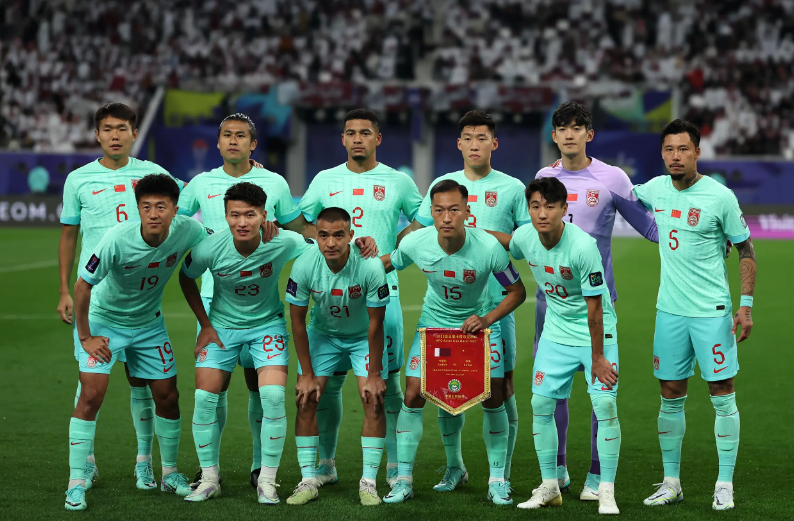 国足13次出战亚洲杯首次小组赛0进球
北京时间1月23日消息,2023亚洲杯小组
资讯
国足13次出战亚洲杯首次小组赛0进球
北京时间1月23日消息,2023亚洲杯小组
资讯
-
 中国减排方案比西方更有优势
如今,人为造成的全球变暖是每个人都关注的问
资讯
中国减排方案比西方更有优势
如今,人为造成的全球变暖是每个人都关注的问
资讯
-
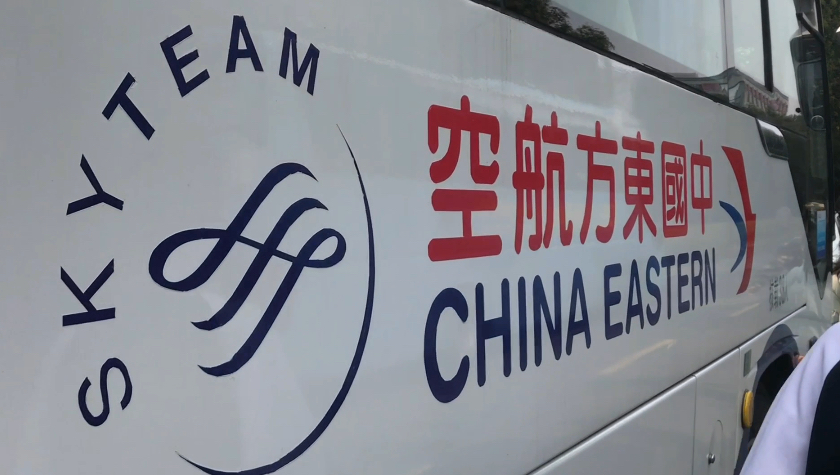 男子“机闹”后航班取消,同机旅客准备集体起诉
1月4日,一男子大闹飞机致航班取消的新闻登上
资讯
男子“机闹”后航班取消,同机旅客准备集体起诉
1月4日,一男子大闹飞机致航班取消的新闻登上
资讯
-
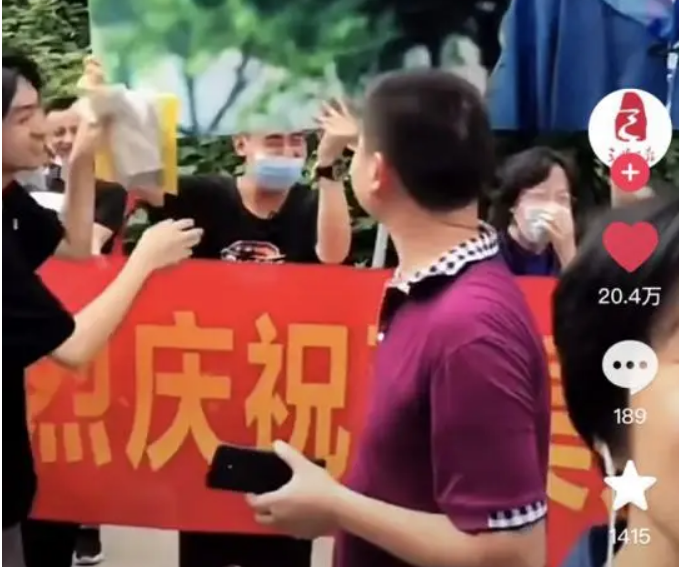 一个“江浙沪人家的孩子已经不卷学习了”的新闻引发议论纷纷
星标★
来源:桌子的生活观(ID:zzdshg)
没
资讯
一个“江浙沪人家的孩子已经不卷学习了”的新闻引发议论纷纷
星标★
来源:桌子的生活观(ID:zzdshg)
没
资讯
-
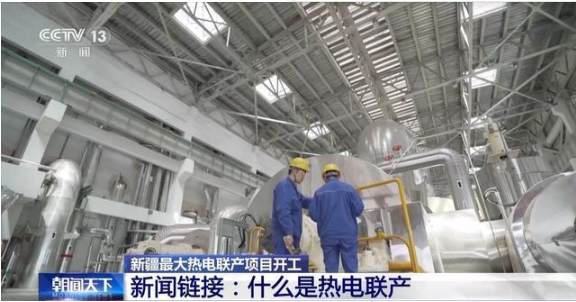 新增供热能力3200万平方米 新疆最大热电联产项目开工
昨天(26日),新疆最大的热电联产项目—&md
资讯
新增供热能力3200万平方米 新疆最大热电联产项目开工
昨天(26日),新疆最大的热电联产项目—&md
资讯
-
 周星驰新片《少林女足》在台湾省举办海选,吸引了不少素人和足球爱好者前来参加
周星驰新片《少林女足》在台湾省举办海选,吸
资讯
周星驰新片《少林女足》在台湾省举办海选,吸引了不少素人和足球爱好者前来参加
周星驰新片《少林女足》在台湾省举办海选,吸
资讯
-
 海南大学生返校机票贵 有什么好的解决办法吗?
近日,有网友在“人民网领导留言板&rdqu
资讯
海南大学生返校机票贵 有什么好的解决办法吗?
近日,有网友在“人民网领导留言板&rdqu
资讯
-
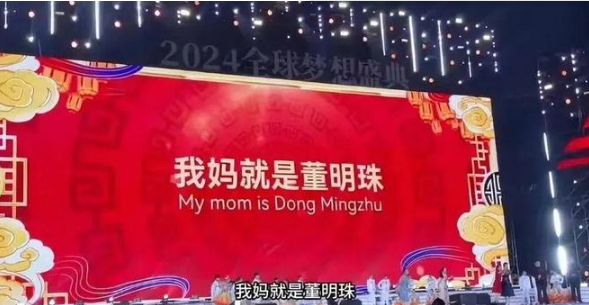 王自如被强制执行3383万
据中国执行信息公开网消息,近期,王自如新增一
资讯
王自如被强制执行3383万
据中国执行信息公开网消息,近期,王自如新增一
资讯
-
 奥运冠军刘翔更新社交账号晒出近照 时隔473天更新动态!
2月20日凌晨2点,奥运冠军刘翔更新社交账号晒
资讯
奥运冠军刘翔更新社交账号晒出近照 时隔473天更新动态!
2月20日凌晨2点,奥运冠军刘翔更新社交账号晒
资讯
-
 看新东方创始人俞敏洪如何回应董宇辉新号分流的?
(来源:中国证券报)
东方甄选净利润大幅下滑
资讯
看新东方创始人俞敏洪如何回应董宇辉新号分流的?
(来源:中国证券报)
东方甄选净利润大幅下滑
资讯

